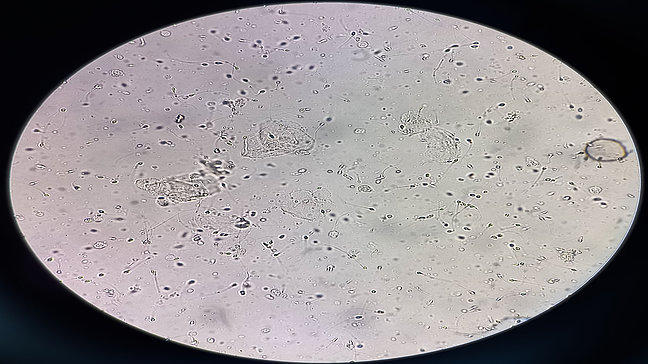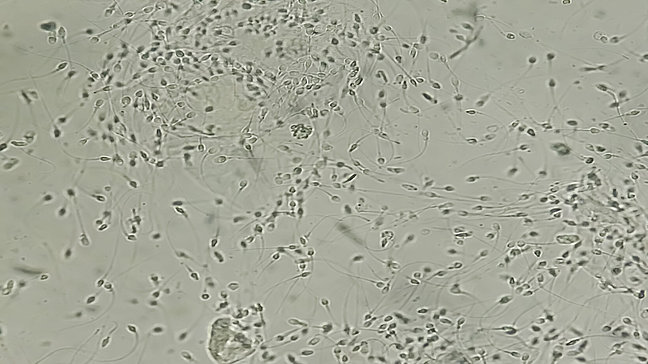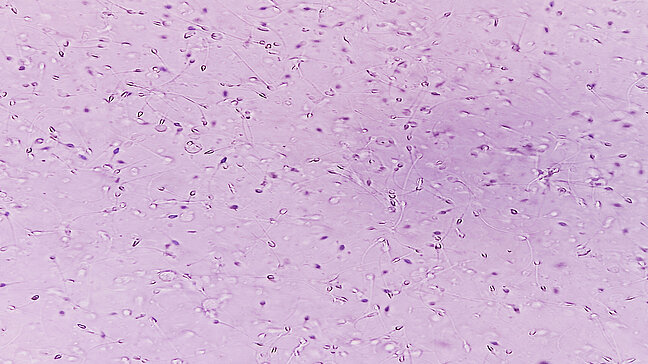
Hypogonadism
Causes of hypogonadism
There are two main types of hypogonadism:
- Primary hypogonadism: This form occurs when the testes are directly affected and cannot produce enough testosterone. Causes include genetic disorders (e.g., Klinefelter syndrome), testicular injuries, chemotherapy or radiation, and infections such as mumps orchitis.
- Secondary hypogonadism: This form occurs when the pituitary gland or hypothalamus, the areas of the brain that control the testes, do not function properly. Causes can include tumors, trauma, genetic disorders, or hormonal imbalances. Obesity and certain medications can also lead to secondary hypogonadism.
Symptoms of hypogonadism
The symptoms of hypogonadism vary depending on age and the severity of the hormone deficiency:
- In children and adolescents: Delayed puberty, no development of secondary sexual characteristics such as body hair, voice changes, and muscle mass.
- In adults: Loss of muscle mass, increase in body fat, reduced libido and erectile dysfunction, fatigue, mood swings or depression, gynecomastia (breast enlargement), infertility, and osteoporosis (bone loss).
Diagnosis of hypogonadism
The diagnosis begins with a thorough medical history and physical examination. The following diagnostic tests are often performed:
- Blood tests: To measure hormone levels, particularly testosterone, LH (Luteinizing Hormone), and FSH (Follicle-Stimulating Hormone), to distinguish between primary and secondary hypogonadism.
- Imaging techniques: MRI or CT can be used to detect tumors or other abnormalities in the hypothalamus or pituitary gland.
- Semen analysis: In cases of infertility, an analysis of the ejaculate can be performed to assess sperm count and quality.
Treatment options for hypogonadism
The treatment of hypogonadism depends on the cause and the age of the patient:
- Testosterone replacement therapy (TRT): In men, this is the most common treatment option. Testosterone can be administered in the form of injections, patches, gels, or tablets to normalize hormone levels and alleviate symptoms such as reduced libido, fatigue, and muscle loss.
- Hormonal treatments: If hypogonadism is due to a disorder in the pituitary gland or hypothalamus, medications may be prescribed to stimulate hormone production and restore testicular function.
- Surgical interventions: In the case of tumors in the hypothalamus or pituitary gland, surgery may be necessary to remove them and restore normal hormone regulation.
Preventive measures for hypogonadism
There are no specific measures to completely prevent hypogonadism, but a healthy lifestyle with sufficient exercise, a balanced diet, and avoiding toxins can help reduce the risk of hormonal imbalances. Regular check-ups can help detect early signs of hormone deficiency and treat them in a timely manner.



